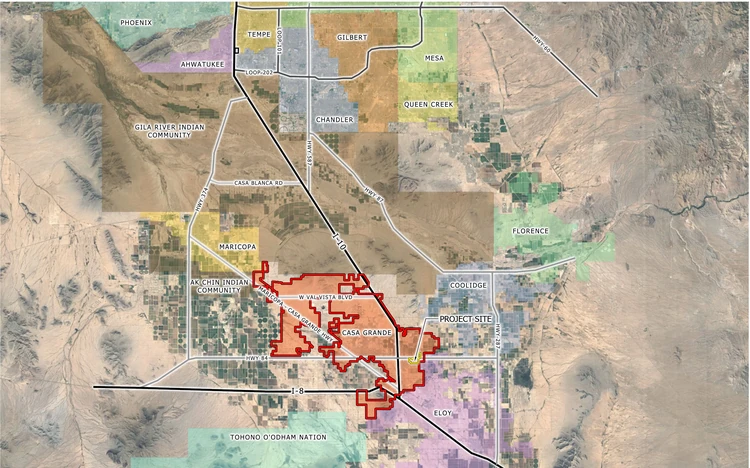Teachers may become the students when dealing with the digital natives in their classrooms
By Kyley Schultz | Cronkite News
 n the wake of the Marjory Stoneman Douglas High School shooting that left 17 dead, Arizona educators said they regularly grapple with the benefits and the drawbacks of the immediacy of social media for students.
n the wake of the Marjory Stoneman Douglas High School shooting that left 17 dead, Arizona educators said they regularly grapple with the benefits and the drawbacks of the immediacy of social media for students.
“We’re hearing firsthand through social media, spotlighting not only facts about the events, but the opinions and discussions our students are having and their reactions,” said Josh Meibos, Arizona Teacher of the Year for 2018. “Now we’re giving them a powerful tool to organize together and be a force to reckoned with.”

Unlike previous school shootings at Sandy Hook and Columbine, victims in the Feb. 14 Stoneman Douglas shooting offered a first-person perspective of the tragedy at a time when, in the words of one expert, “news and trauma demand your attention more than ever.”
But many mental health professionals worry that the increased exposure to violence puts students at higher risk for traumatizing behavior and increased media changes the teacher-student relationship.
Social media is “increasing their proximity to the trauma,” said Jodi Whitcomb, director of organizational development and training for KidsPeace.
“Hearing about tragedy from somebody else or reading it on a news report is very different than seeing it from a first-person standpoint through a screen, and it’s hard as an educator to monitor just how many times they are seeing it,” Whitcomb said.
The rise of social media has also changed the way schools respond to their students, said David Schonfeld, director of the National Center for School Crisis and Bereavement. Students often have more direct access to evolving news than teachers planning a response, he said.
“What you used to see were schools having more direct crisis plans, where administration would gather information and discuss together a traumatic event, release a statement and then gather the kids to tell them at one set time,” Schonfield said.
Related: Schools are a place for students to grow morally and emotionally — let’s encourage them
“Now with social media, teachers are often needing to get briefed because kids are being sent notifications all the time, in between classes, telling each other constant updates,” he said. “News and trauma demands your attention more than ever.”
And teachers may become the students when dealing with the digital natives in their classrooms.
“Many teachers don’t have the same social media savvy as these students and if we can learn to appreciate the positive outcomes they are bringing to the table, I feel like we have a lot to learn from them,” said Meibos, a physical education teacher at Crockett Elementary School in east Phoenix.

While social media can give students a window into trauma, it can also provide a window into troubled behavior.
“When someone has difficulty in distinguishing between a violent video game and a real gun and real people … that lack of distinction can be a huge contributing factor in them displaying risky behavior and not seeing the harm in obtaining weapons,” said Julian Ford, director of the University of Connecticut’s Center for Treatment of Developmental Trauma Disorders.
Ford, who co-authored a report after Sandy Hook on the background of accused shooter Adam Lanza, said schools should not rush to label isolated kids but should treat them as children “more easily influenced by violent situations.”
Arizona Federation of Teachers President Ralph Quintana agreed that educators should focus on correctly identifying those isolated students.
“Social media is next to impossible to stop, but we need to focus not only on kids who are finding about trauma, but correctly labeling the kids who are showing signs of isolation and disturbing behavior,” Quintana said. “We have to do more for those students and look at increasing funding for programs who can provide help.”
But help can be hard to come by in Arizona, where the state’s failure to retain teachers and counselors leaves many schools with limited resources to help students who need extra attention, according to Janine Menard, board chair for the Arizona School Counselors Association.
“In Arizona, there’s about 924 students for every one counselor – a ratio so high that many kids are not having the proper resource to turn to,” Menard said.
Meibos agreed that there could be more counselors hired, but praised the effect current counselors have on their schools.
But he prefers to focus on “powerful” student-organized social media movements, which he believes have inspired Arizona teachers to listen more seriously to students and validate their concerns.







